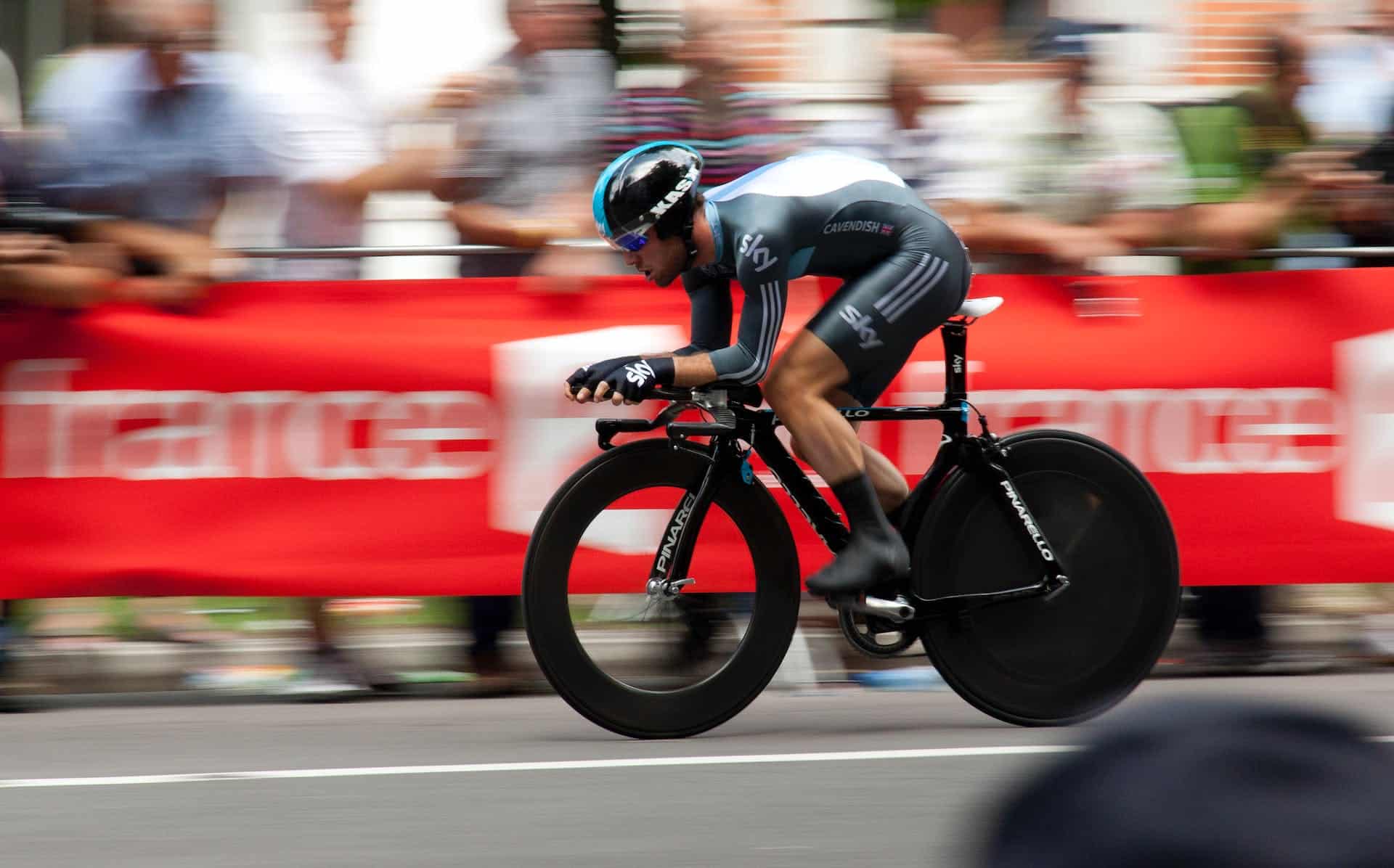Chronic wounds are wounds that do not heal in a normal amount of time. This delay in healing can be due to a number of factors. Read on to learn about the case of a 63-year-old female patient with a large chronic wound on her lower, left extremity that was resistant to healing. Lena was a 63-year-old, White female who had developed a large, non-healing wound on her lower, right leg. She could not remember what had caused the lesion other than having dropped a heavy mirror on her right shin several weeks earlier. Lena had a past medical history of high blood pressure, diabetes, heart failure, liver failure, and blood clots in her legs. She had been a cigarette smoker for the last 50 years. Lena’s physical examination showed a large, deep, non-healing wound on her right shin. Surgical treatment and debridement, along with antibiotic treatment, had failed to result in significant treatment. After 8 weeks of adjunctive application with deoxyhemoglobin vasodilator D’OXYVA[1], the chronic wound improved without any further complications.
Main Reasons Chronic Wounds Do Not Heal
Chronic wounds normally do not heal for a number of reasons, including[2]:
- Increased age of the patient leading to slower healing time
- Decreased functioning of the immune system due to illnesses or chronic disease processes
- Decreased circulation due to diabetes affecting the peripheral vascular system
- Decreased circulation due to peripheral vascular disease
- Peripheral neuropathy leading to loss of sensation and the inability to feel wound and ulcer formation
- Insufficiency of the venous system leading to pooling of blood in the extremities and resultant poor perfusion
- Poor nutrition leading to decreased ability to heal wounds normally
- Impaired mobility leading to impaired limb perfusion
- Increased general stress levels leading to decreased wound healing
- Decreased general health causing general debilitation and loss of normal healing ability
YOU MAY ALSO LIKE
- Apple Watch 4 can detect D’OXYVA’s benefits
- Researchers Identify Underlying Main Causes of Brain Damage, Dementia and Potential Breakthrough Solution (Part I)
- Award-winning documentary hosted by actor Dennis Quaid invites Circularity to talk about D’OXYVA
Variations of Chronic Wounds
There are several different variations of chronic wounds, including pressure ulcers, arterial and venous ulcers, and diabetic ulcers.
Pressure ulcers[3], such as “bed sores,” occur when an area of the skin is under constant pressure, often when a patient is confined to a bed or wheelchair.
This causes the skin to break down in areas such as the coccyx, heel, ankles, and dorsum of the foot.
Arterial ulcers[4] form when there is a blockage in an artery causing reduction in blood flow to the lower extremities and subsequent reduction in the supply of oxygen to the affected area.
Venous ulcers[5] occur when the valves within veins become damaged leading to pooling of blood in the veins and reduced blow flow and oxygenation to the extremities.
Diabetic ulcers occur when high blood sugar levels cause damage to the nerves, especially in the lower extremities.
This leads to numbness, causing the patient to ignore cuts or ulcers until they enlarge, often becoming infected.
Diabetes also depresses the immune system, leading to slowed healing.
Treatments for Chronic Non-Healing Wounds
There are a number of treatments for non-healing wounds [7]. These include:
- Antibiotics to treat bacterial infections
- Antifungals to treat fungal infections
- Hyperbaric oxygen treatments to improve chronic wound healing
- Surgical debridement to remove necrotic tissue
- Specialty wrapping of chronic wounds
- Skin grafting to close chronic wounds
- D’OXYVA[8]skin delivery deoxyhemoglobin vasodilator as a wound solution to improve blood flow and oxygenation to chronic wound areas
References
- https://doxyva.com/category/wound-healing/
- https://www.ncbi.nlm.nih.gov/pmc/articles/PMC2903966/
- http://ccn.aacnjournals.org/content/33/6/57.full
- https://www.woundsource.com/patientcondition/arterial-ulcers
- https://www.upmc.com/services/heart-vascular/conditions-treatments/venous-ulcers
- https://www.ncbi.nlm.nih.gov/pmc/articles/PMC4317316/
- https://www.vitals.com/education/careguides/non-healing-wounds/diagnosis-and-treatment
- https://doxyva.com/
HOW D’OXYVA CAN HELP?
D’OXYVA® (deoxyhemoglobin vasodilator) provides advanced, painless, complete and fast wound care solution. It has demonstrated speeding up diabetic wound improvement to an average of 5 weeks**.
In addition, D’OXYVA improved quality of life such as sleep, appetite and mood in just a week in 100% of subjects. No adverse events of any kind were reported during, and years after the studies.






